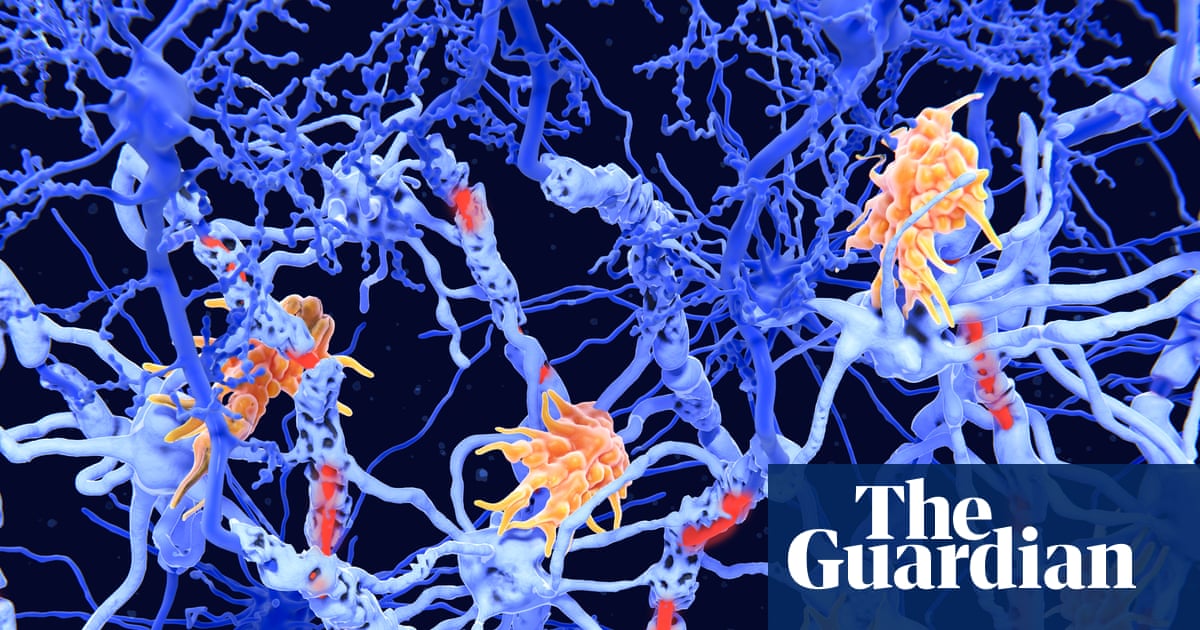
"Early results from a clinical trial suggest that a common diabetes drug taken with an antihistamine can partially repair damage in the nervous system that drives disability in multiple sclerosis. While the effect was too small for patients to notice a benefit after six months, tests did reveal improvements in nerve function, raising hopes that damage to the protective coatings around nerve fibres might be reversed with drugs."
"The disease arises when the immune system attacks protective fatty coatings around nerves in the brain and spinal cord. The loss of these myelin sheaths slows electrical signals passing along the nerves or stops them getting through entirely. The first symptoms tend to be tingling, numbness, a loss of balance and vision problems, but because other illnesses cause similar ailments, a definitive diagnosis can take time."
A diabetes drug combined with an antihistamine partially repaired myelin damage in early trial results, producing measurable nerve-function improvements though patients noticed no benefit after six months. Nearly 3 million people worldwide live with multiple sclerosis, most diagnosed in their 30s and 40s. The immune system attacks fatty myelin sheaths around nerves in the brain and spinal cord, slowing or blocking electrical signals and causing tingling, numbness, balance and vision problems. Many patients experience relapsing MS with cycles of damage and repair; others develop progressive MS when repair fails, causing steady nerve-cell loss, disability, tremors, speech problems, stiffness, spasms and eventual mobility aid dependence. Prior research indicated the antihistamine clemastine might stimulate myelin repair, but its potency remains unclear.
Read at www.theguardian.com
Unable to calculate read time
Collection
[
|
...
]